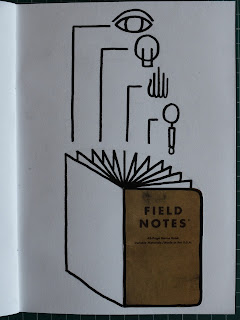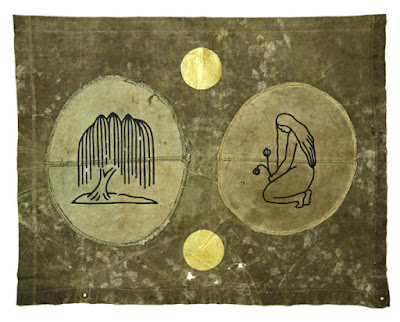Although I can recognise and appreciate the value this module has on not only this course but also on my practice as a whole, I feel like I could have engaged with PPP a lot more than I have done. With it being one of the long modules which was always in the background of other, shorter modules, I can't help but feel like I have neglected it for a long time, forgetting to consciously consider it’s purpose and to actively keep up with blogging and feeding into it. I believe that this is also down to the more self-initiated style of the module; beyond the set study tasks I have not really included much else in it, despite almost definitely having relevant experiences and creating relevant work that would’ve suited this module perfectly. The other modules taking president has meant that I have tended not to engage with much extra curricular work outside of uni or the briefs set, dedicating most of my time to them instead. Something I want to change in second year is getting involved with a lot more outside of uni, and pushing that side of my practice as much as the brief led work.
With that said, I do value the opportunity to reflect on my practice and although it is by no means coherent or clear in any way at the moment, I think considering what feeds into it, how it has changed and where it is going has proved very helpful in consolidating a more informed idea of what it currently is. I feel like it can be difficult to be conscious of what your practice is whilst making work and it is only when you step back and turn a mirror on it that you start to piece together the separate work you are creating into one united thing.
This module has been useful even if just for bringing to light how unconscious I often am of what my practice is and how it then relates to the wider world of illustration. At this stage in my creative journey I am very much pushing what I am doing with blinkers on to where it fits or what application it would have in industry, but this is something I am hoping to gain more of an insight on next year. I am obviously aware of the contemporary work that I like and resonate with, but I could definitely be more actively engaged with illustration as a discipline and how it influences and shapes what I am making.
Personal and Professional Practice is evidently a very reflective module and I am constantly reflective of what I am producing, but I think to push that one step further I should try and push the work beyond the course and try and respond to the outside world more, with more live briefs, developing a portfolio and creating more work that is available for people outside to engage with. This can be difficult when your practice is undefined, inconsistent or sporadic, but I do not deem this as a valid excuse not to get my work out there in this coming year, and I am thoroughly excited to do so.






























